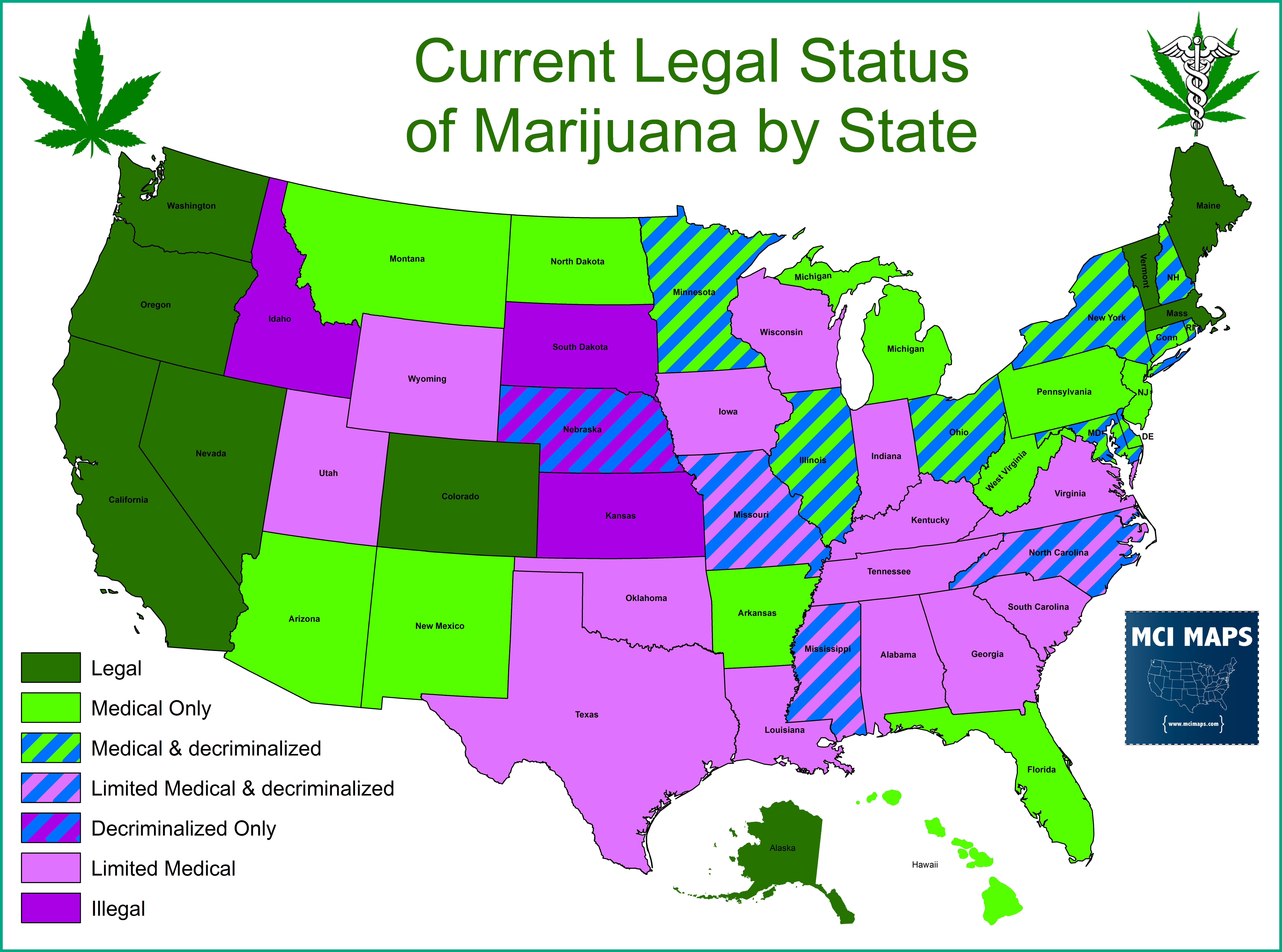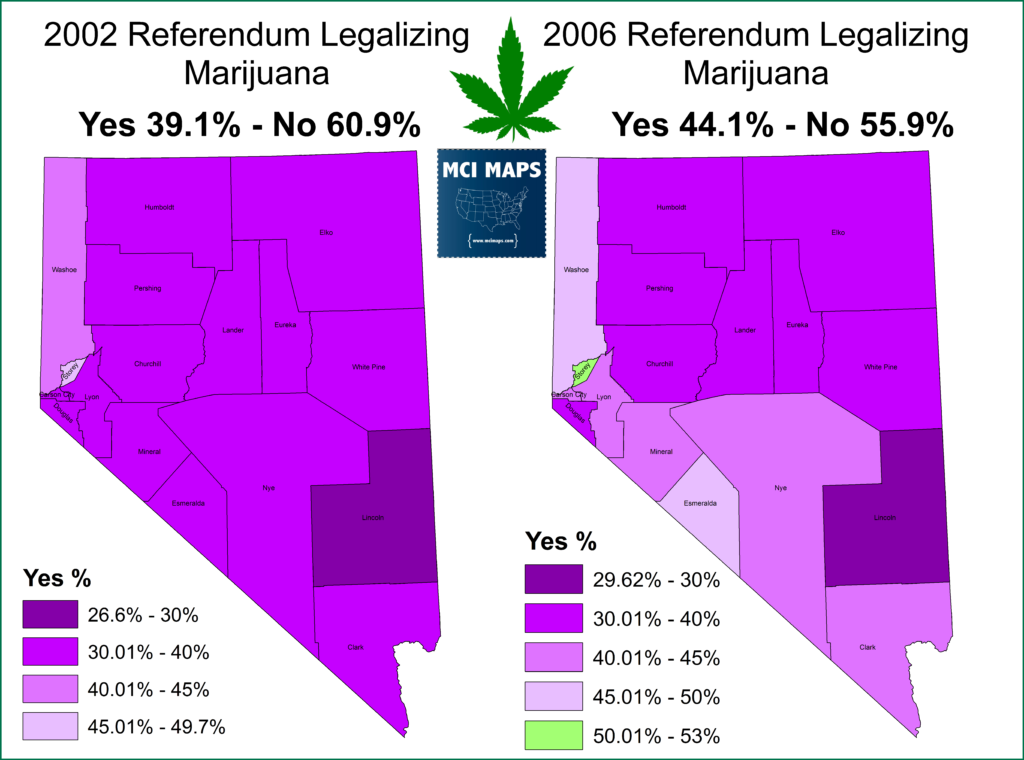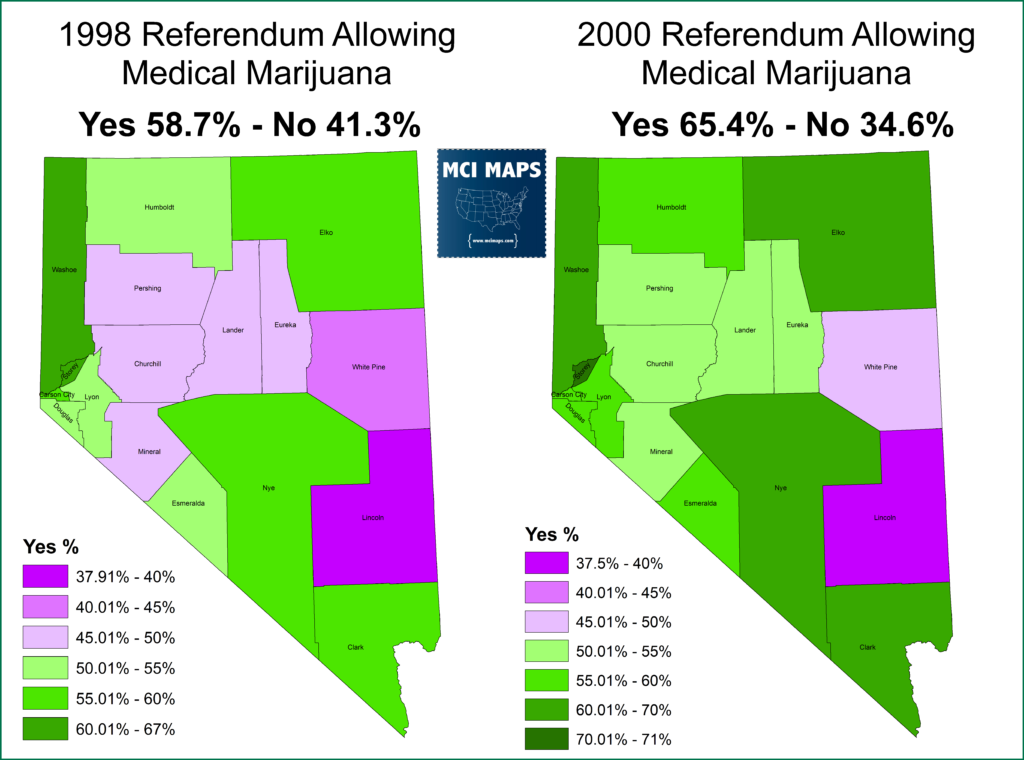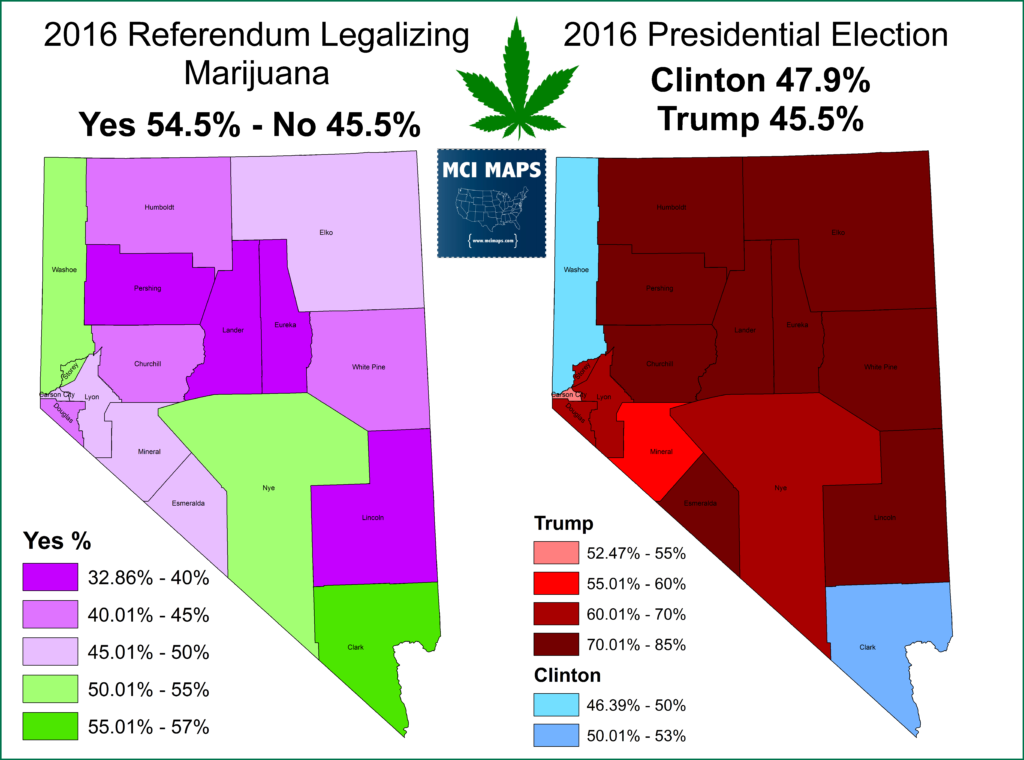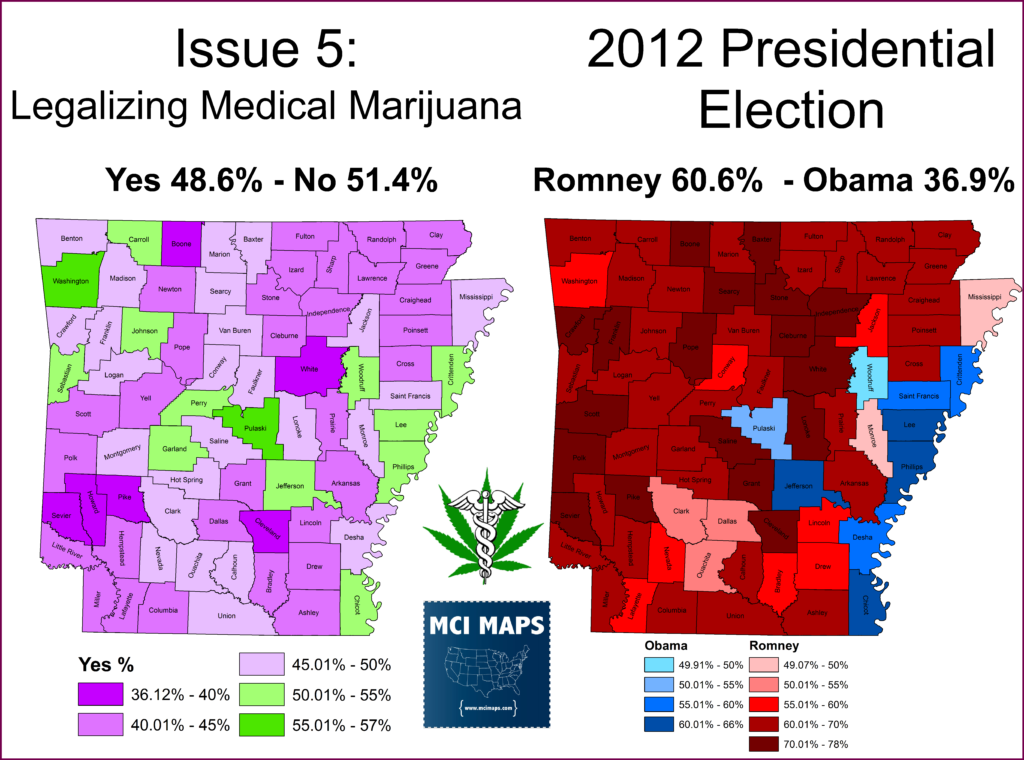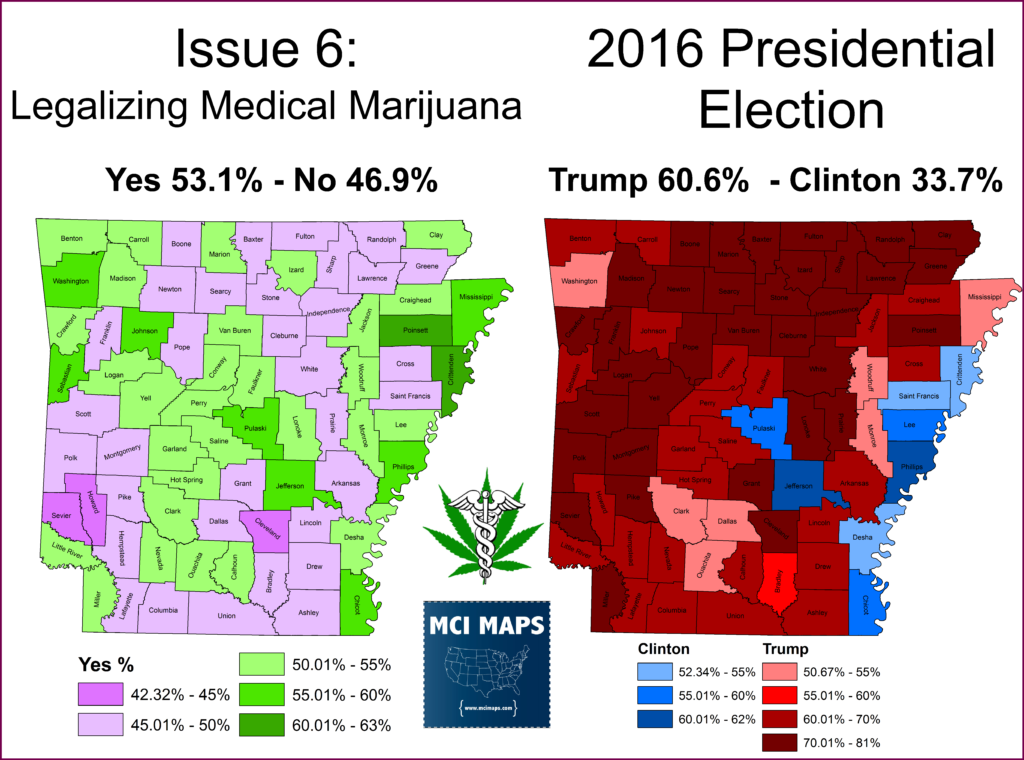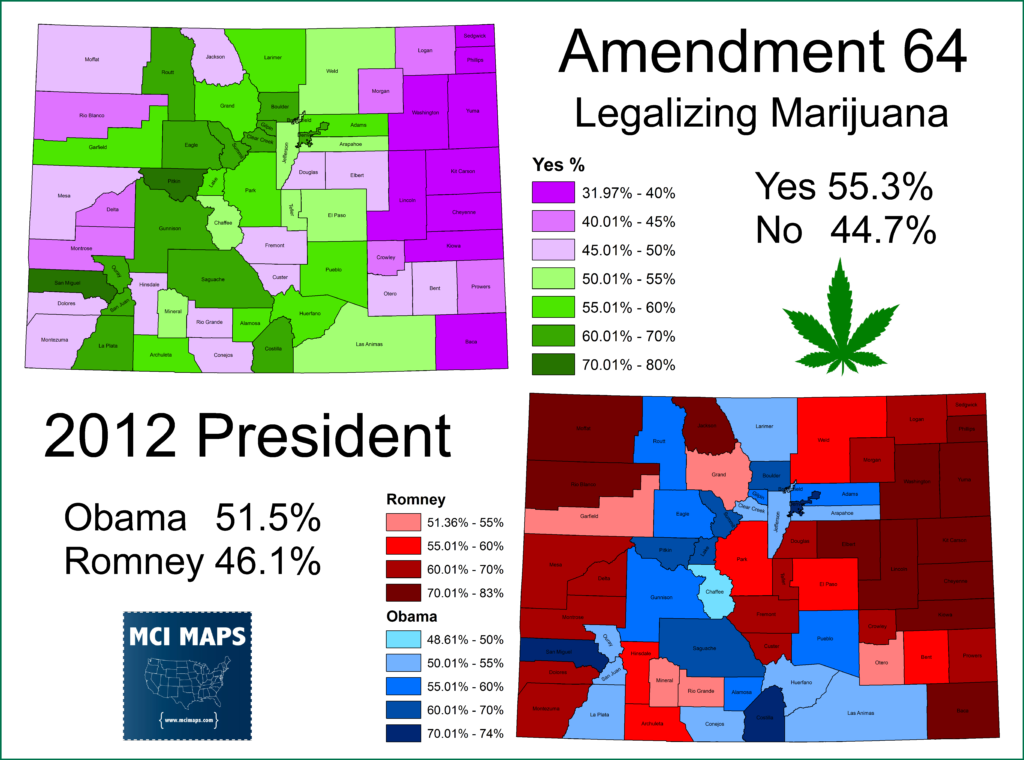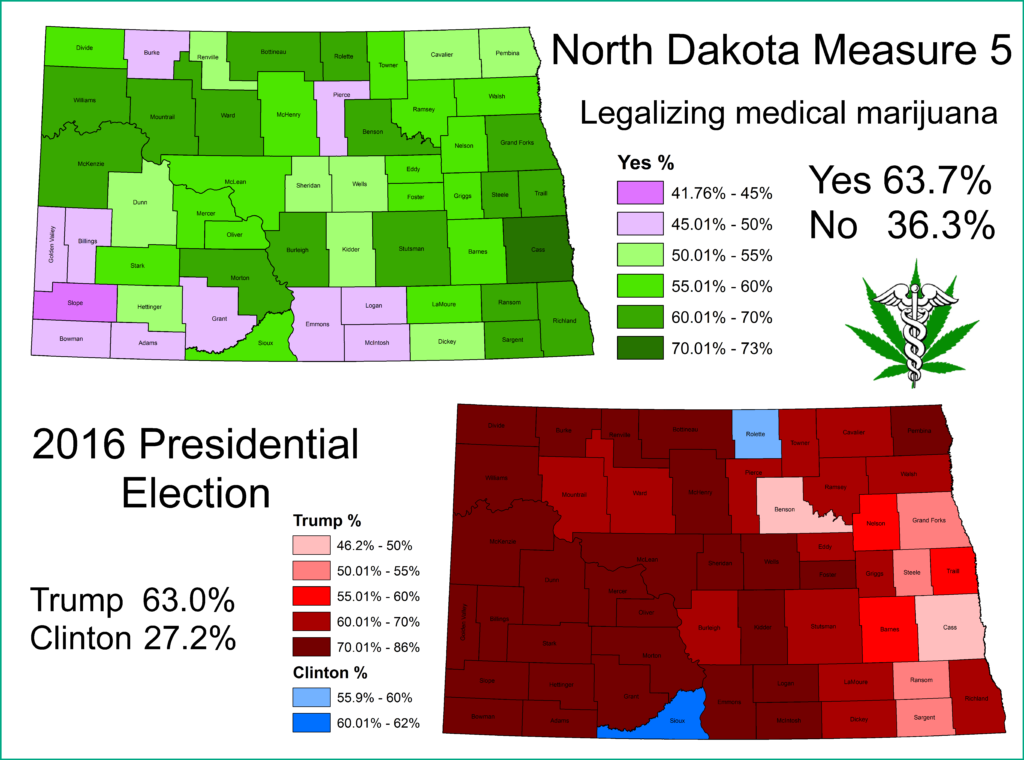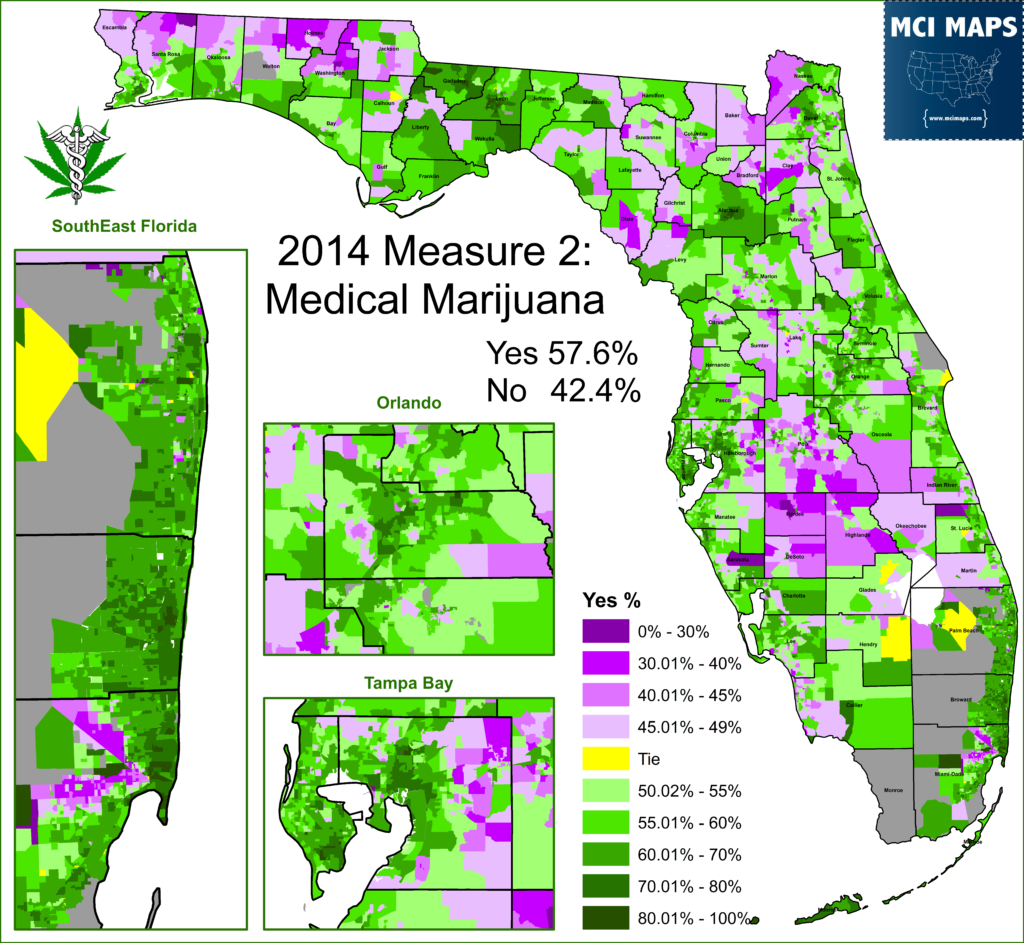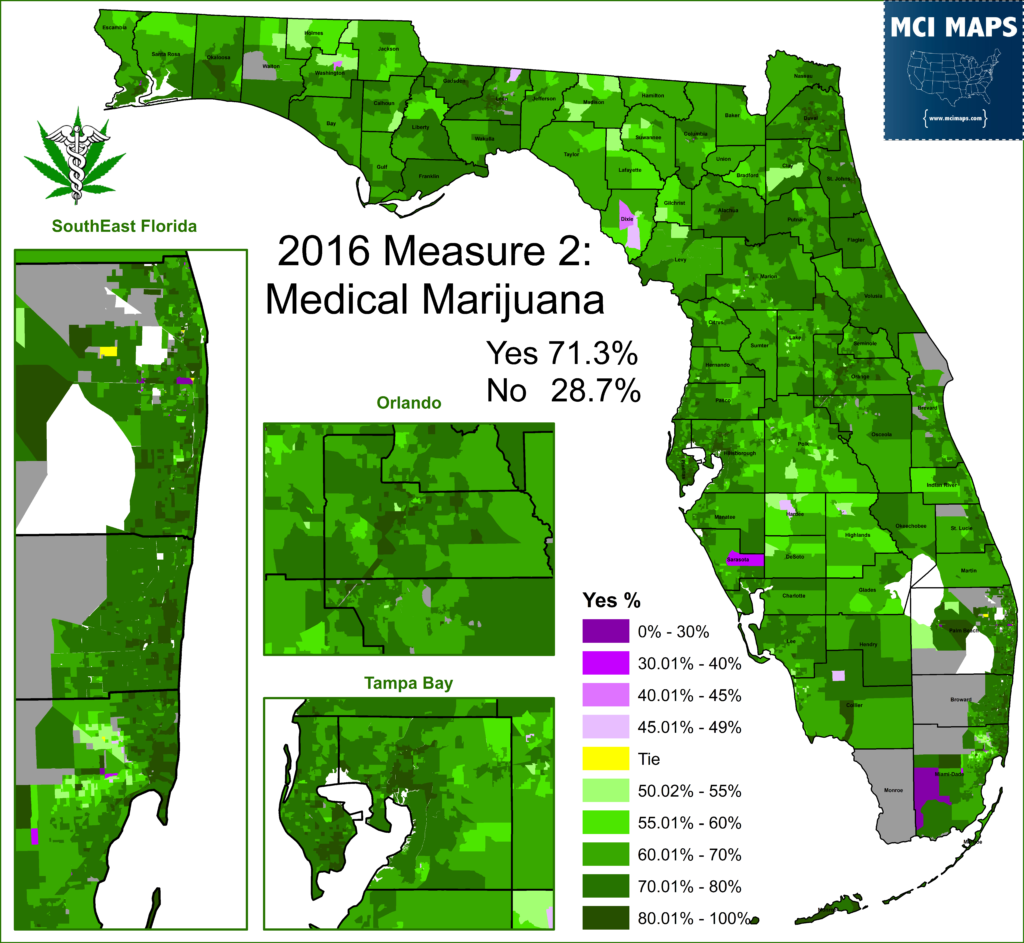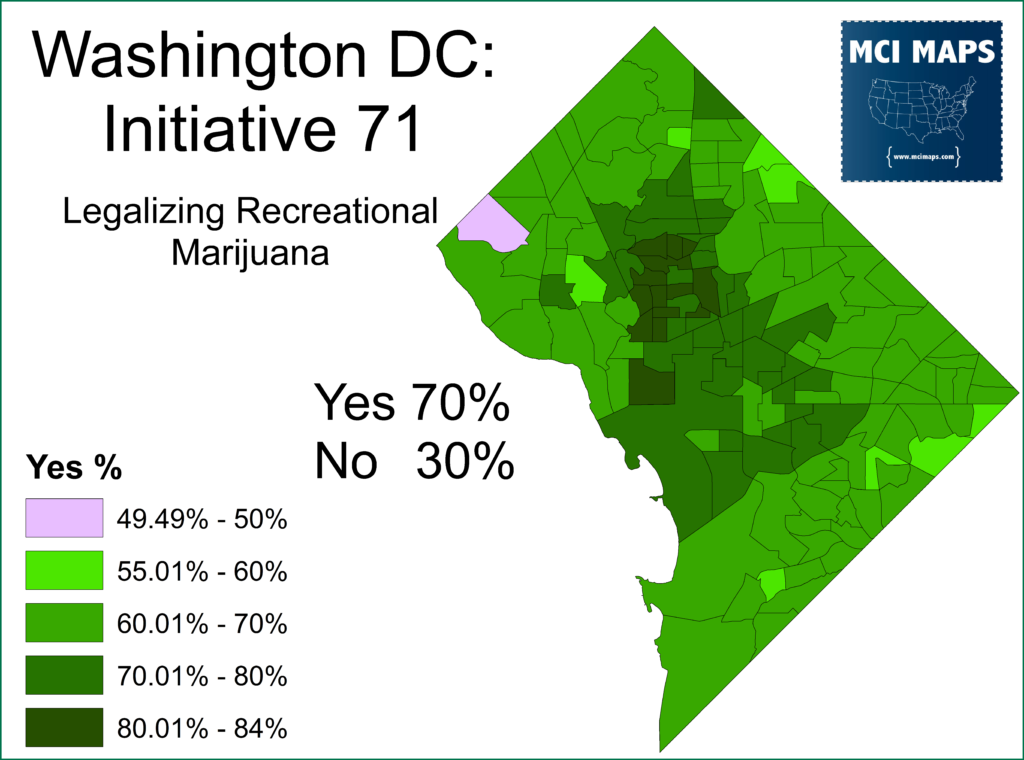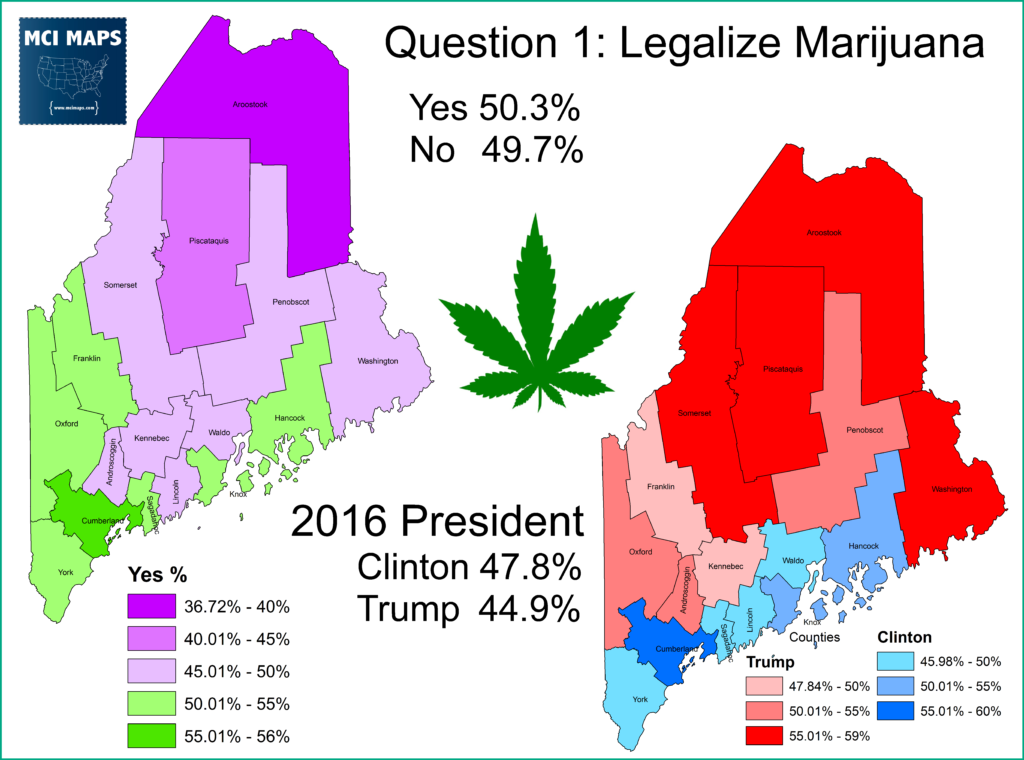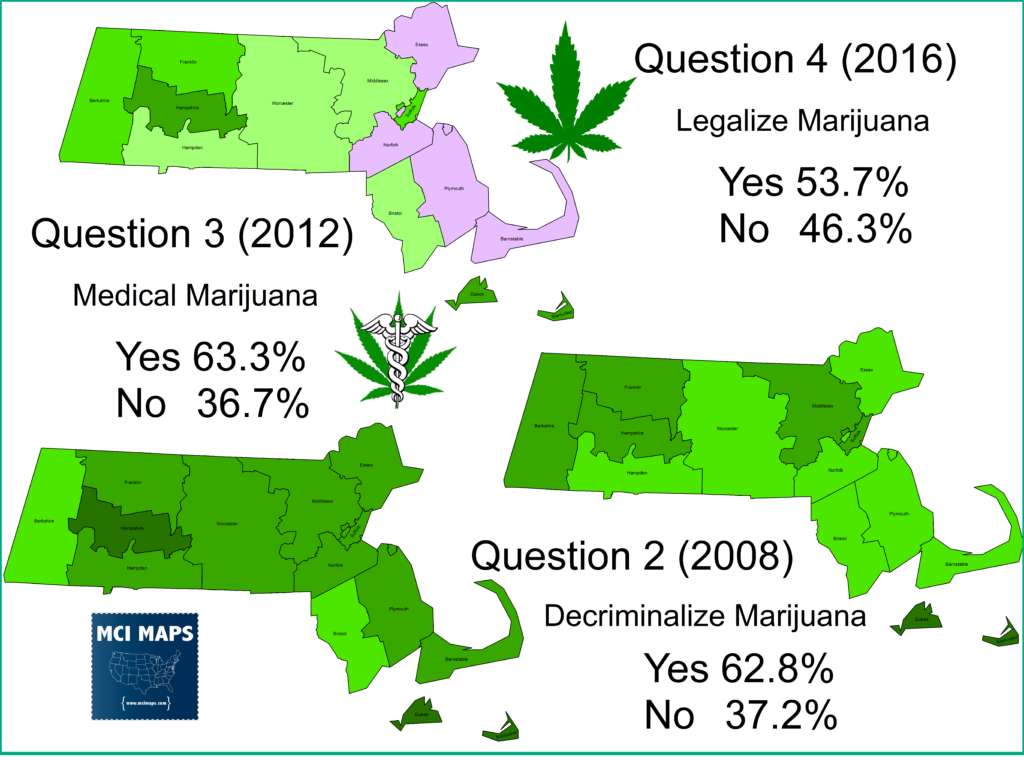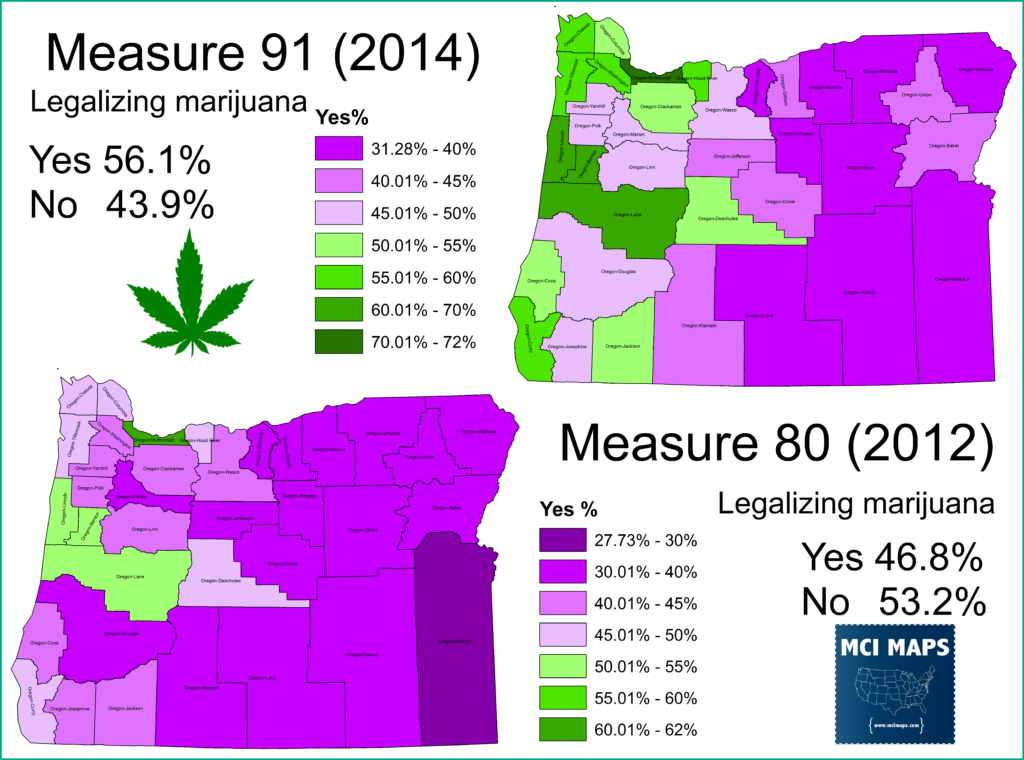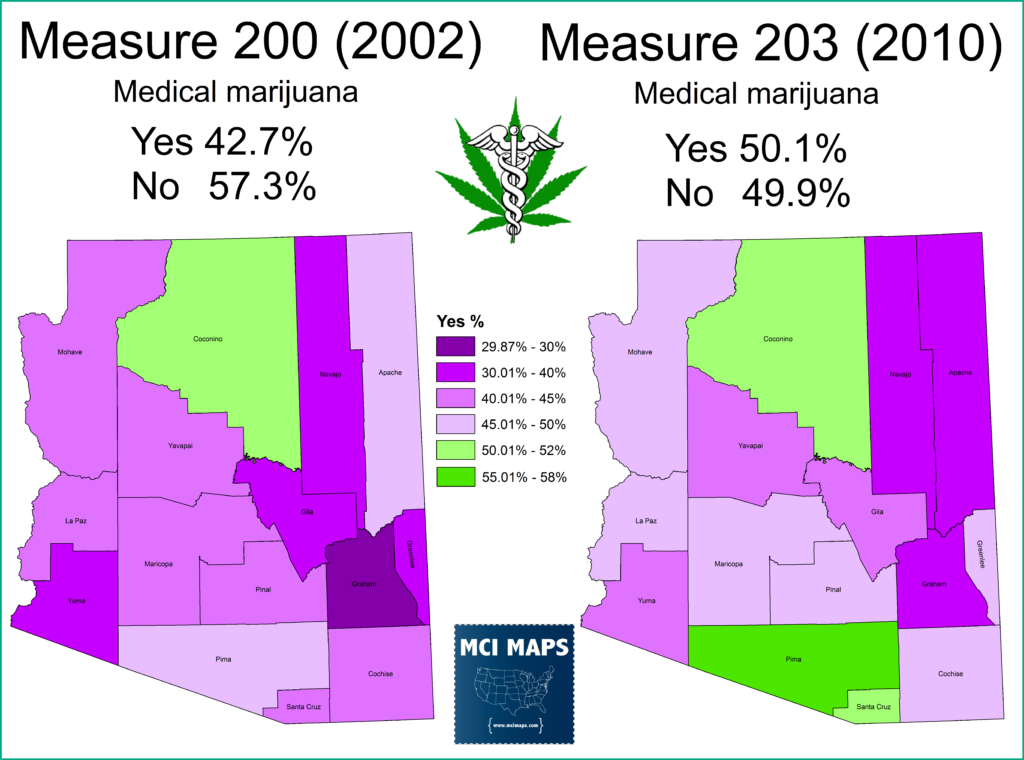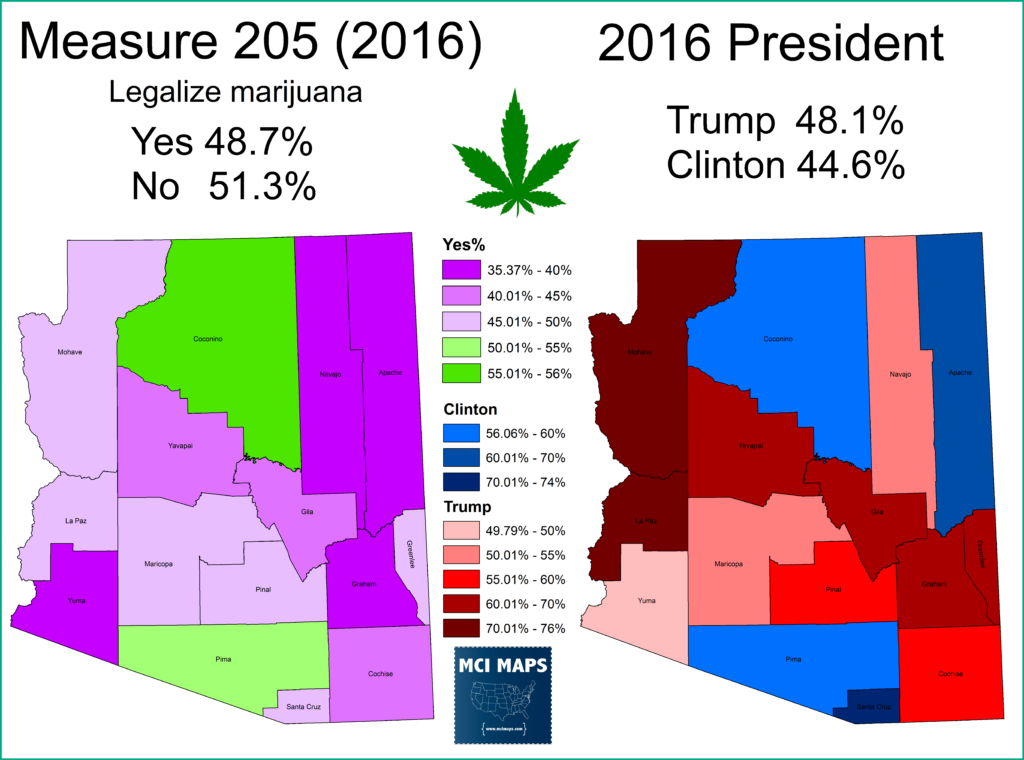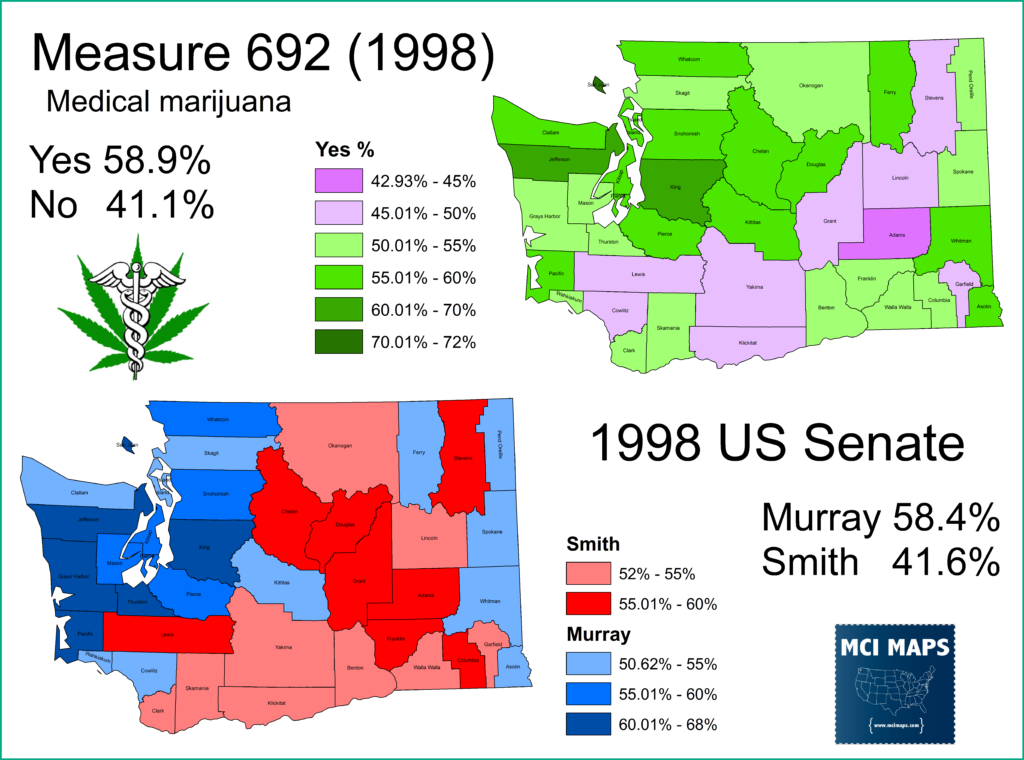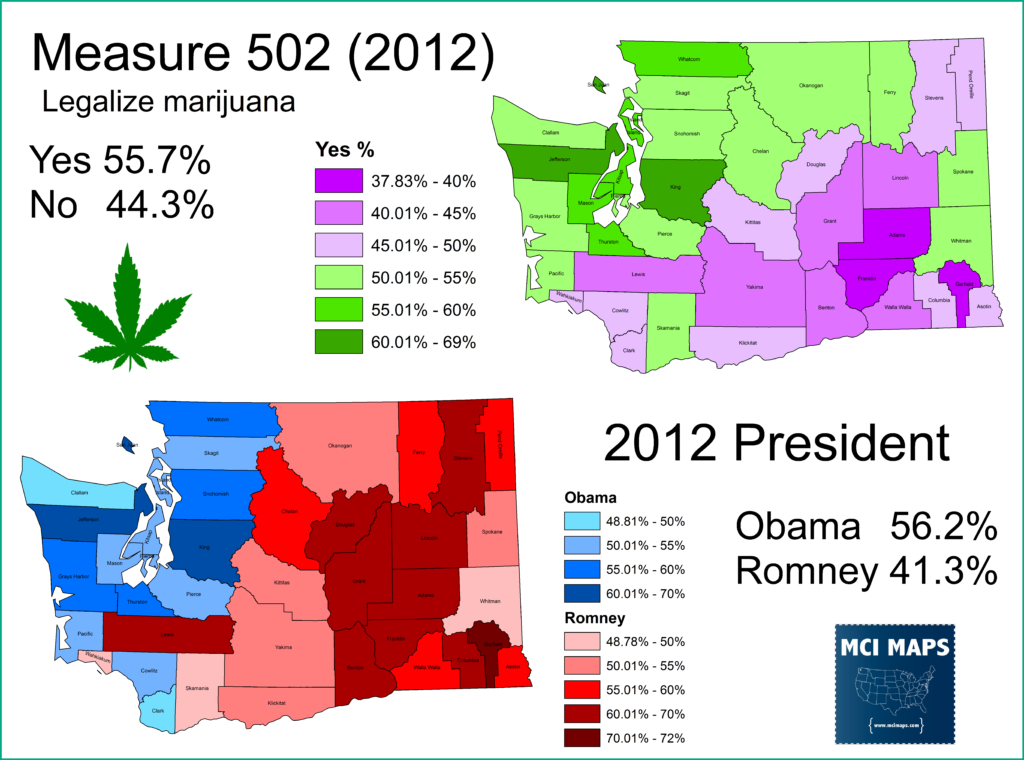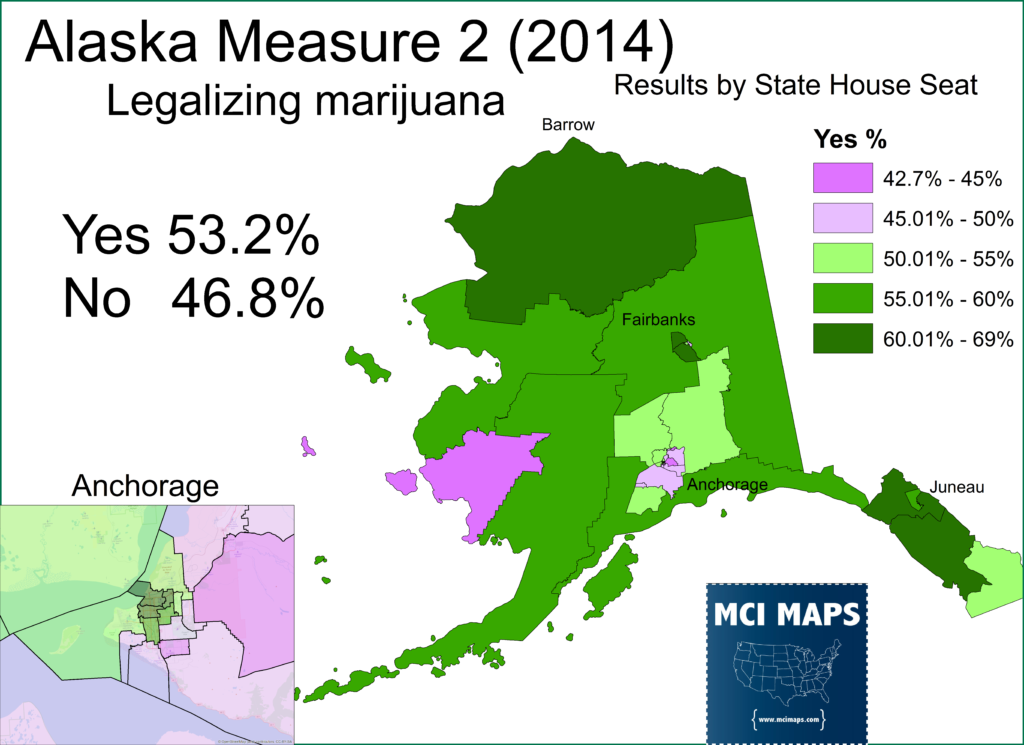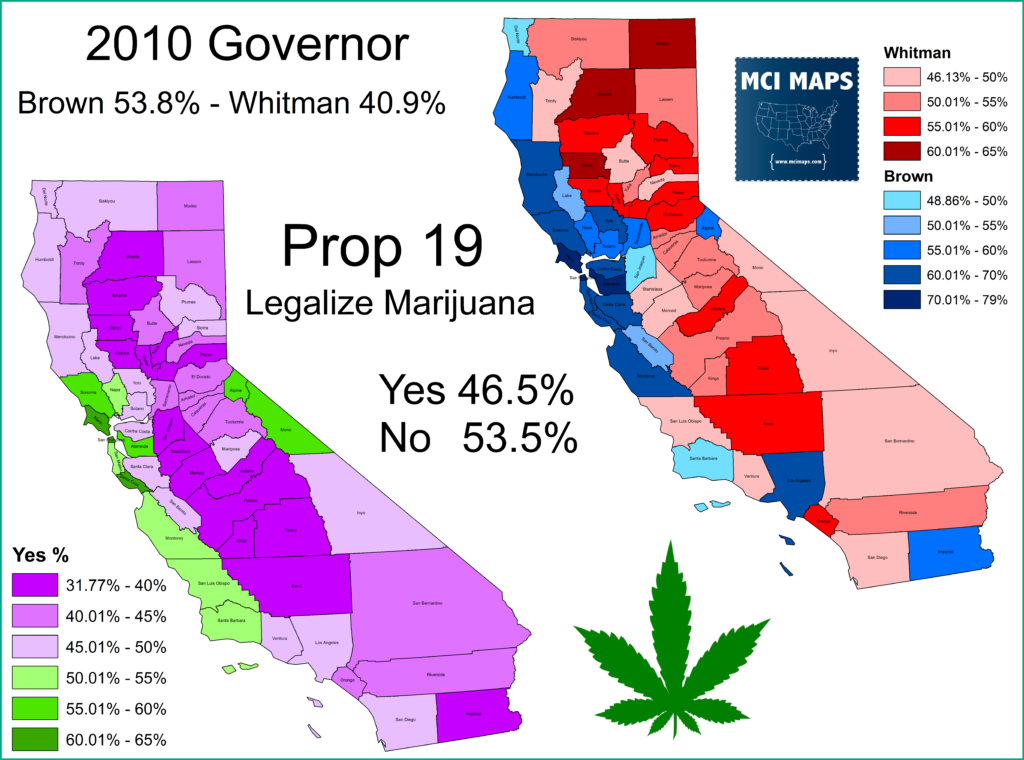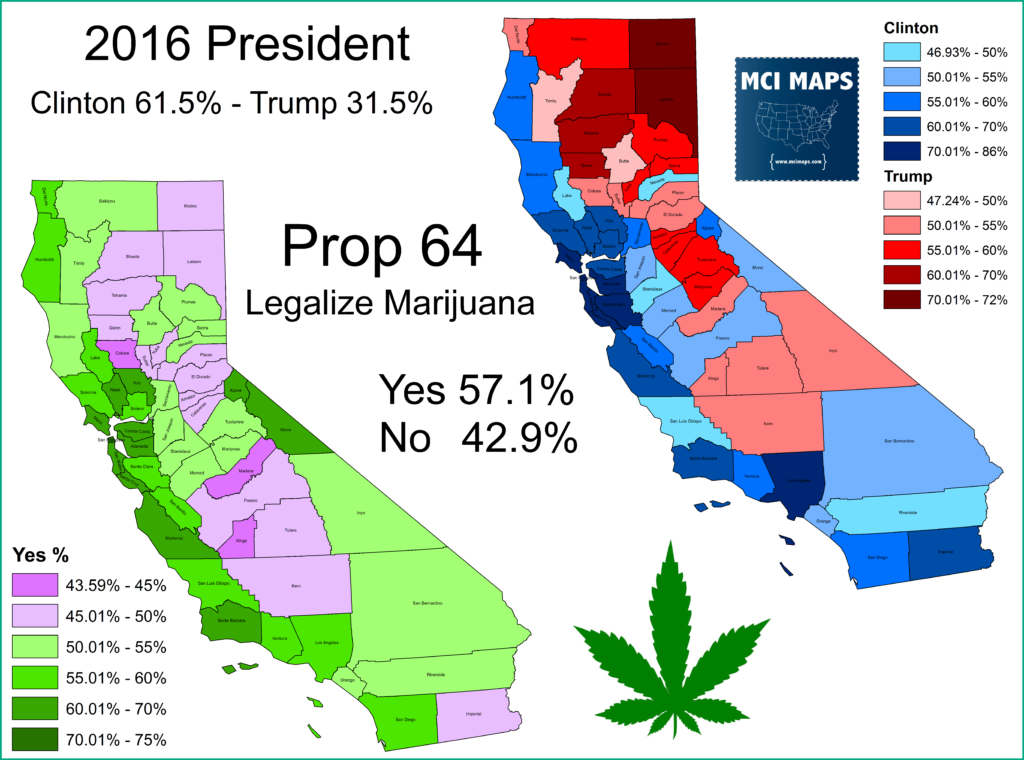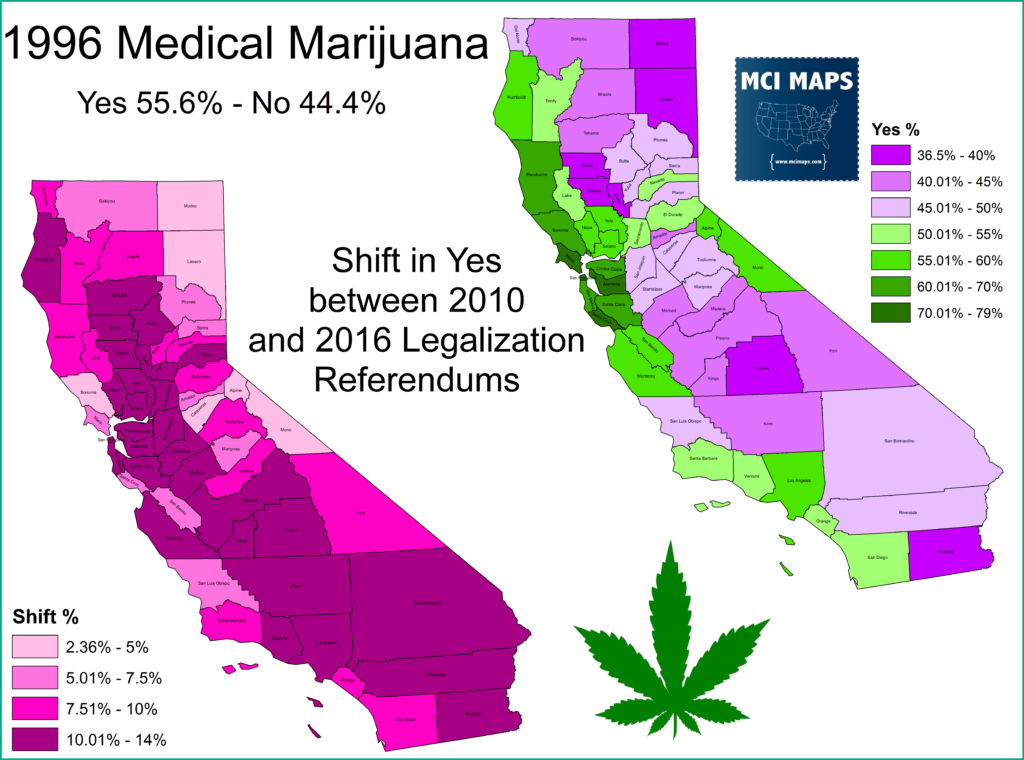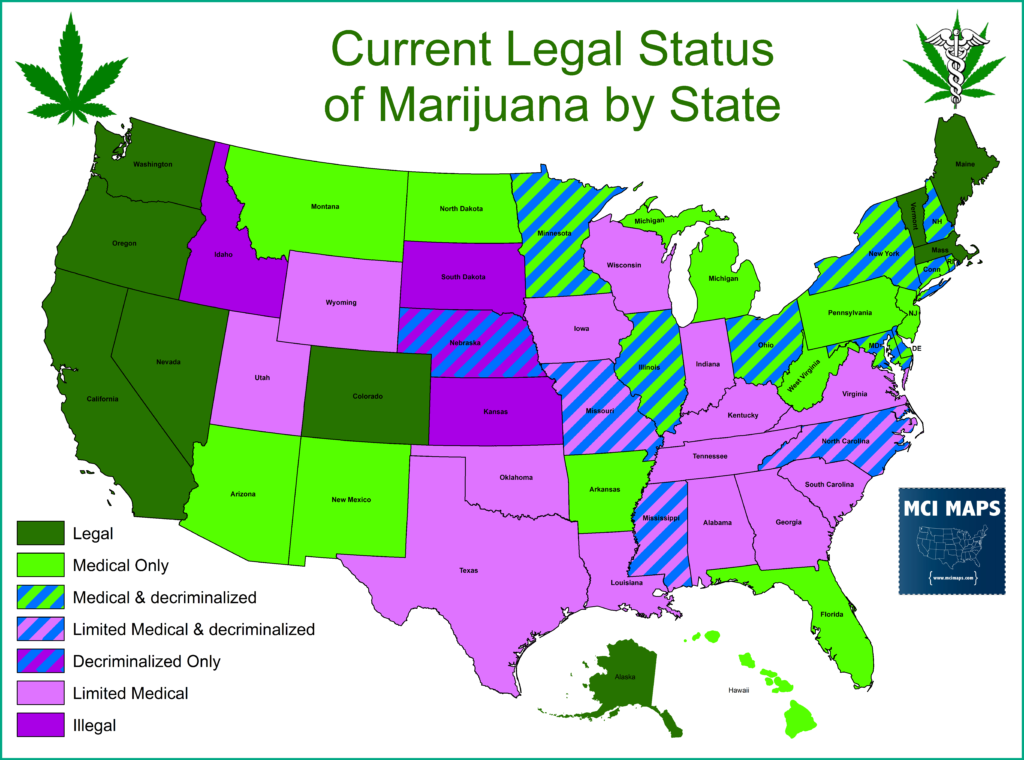Growing Support for Marijuana
For a long time, marijuana has a stereotype of burn outs, hippies, and crime. For decades the substance has been treated as a major offense by our society despite the fact it poses fewer risk than alcohol or tobacco. However, in the last few decades, public attitude and policy has begun to shift on this issue. More states have been loosening heir stances on marijuana. In general, there are three actions a state can take with the substance.
- Decriminalize – Making possession of a small amount a civil offense that has a fine. The idea is to not have a record or face jail time
- Medical usage – Many states have authorized the use of marijuana to combat pain and illness as an alternative to pain killers. Many southern states only allow the use of CBD oil from hemp (which has little to no THC). These states are called “limited medical marijuana” states. Others allow the use of marijuana but only for specific illnesses while others are more open with you just needing a doctors note or card
- Legal – Different states have different rules. Some allow home growing and others prefer more regulation from approved stores.
Decriminalization began as far back as the 1970s and has continued to this day; though much of the south has not. Medical usage began in the 1990s and the first legalization measures didn’t pass till 2012.
This article will take a very quick look at the marijuana measures in the states where it has been on the ballot.
Nevada
Nevada has held several referendums on legalizing marijuana; two of which failed. A 2002 referendum failed in every county. A 2006 measure only passed in Story County; part of the Reno metro zone and one of the counties with active brothels.
Medical marijuana had a much better track record on the ballot. The policy passed in both 1998 and 2000 (it required passage back-to-back to be added to the Nevada constitution). These measures passed in most counties, only losing a handful of the more conservative rural counties. The measure’s support grew between 1998 and 2000.
Legalized marijuana finally passed in 2016 with a solid 55% of the vote. the measure won in Clark County, home of Las Vegas, Storey County, and Washoe (home to Reno). The measure also one in deep-red Nye county; owing to the area’s libertarian views. The measure’s win in Storey and Nye, both heavy Trump counties (counties which also rejected gun restrictions) speaks to their more small-government nature vs social conservatism.
Arkansas
Arkansas is one of the only southern state to actually offer a medical marijuana plan that isn’t just CBD oil. An original measure failed in 2012; only winning a handful of counties.
Another medical marijuana measure passed in 2016, winning blue and red counties. County results notably show most parts of the county were narrowly in favor or narrowly against; with few areas showing landslide results.
Colorado
Colorado, along with Washington, became the first state to legalize marijuana in 2012. The measure was strongest in Obama counties but did make inroads in more conservative areas; other than the deeply conservative region of the east.
North Dakota
Deep-red North Dakota gave strong showings to Trump as well as medical marijuana. The measure outperformed Clinton by over 30 points and stands out as a prime example of the broad acceptance for medical marijuana.
Florida
Florida’s first medical marijuana came in 2014. The measure was a pushed by trial attorney John Morgan, who put millions into the measure. The referendum became a major fight in the state; as millions poured in on both sides. The measure got 57% of the vote, but this was below the 60% threshold needed in the state. The measure lost in rural regions and the Cuban community of Dade (where opposition perfectly outlines Cuban community). While the measure did win several traditional GOP areas, its margin’s were not strong enough to push it past the 50% thresh-hold.
Medical marijuana returned to the ballot in 2016. To remove opposition, the measure was weakened to make it so only the most serious conditions were part of the policy. The measure only lost a handful of precincts and face little to no organized opposition. The measure won Cuban voters in Dade, but by modest margins; doing better in rurals than with Cubans.
Washington DC
Washington DC had already has medical marijuana since 1998. In 2014 the city council also decriminalized the substance. That same year a legalization referendum was put on the ballot. The measure won across the city; strongest in liberal regions like Columbia Heights. The only community to vote no was Spring Valley, an affluent suburb.
Maine
Maine passed marijuana legalization in 2016. The state had passed a medical marijuana referendum back in 2010. The measure won along the more liberal coastal counties but also did decent in more rural upstate regions.
Michigan
Michigan passed a medical marijuana measure back in 2008. The referendum won in every county.
Montana
Montana passed medical marijuana in 2004, something fought by the GOP legislature. The state held a referendum to expand access in 2017, which easily passed. The measure was strongest in the Western portion of the state; which is more moderate, educated, and growing.
Massachusetts
Massachusetts has slowly expanded access to marijuana since 2008. Measures to decriminalize, then establish medical options, and finally legalize; have all passed. Only legalization itself saw losses in counties; losing more GOP friendly areas in the west. Legalization has had some resistance from Catholic Democrats in the state government.
Oregon
Oregon held back-to-back legalization measures. Its 2012 measure was less organized and didn’t have much help. In 2014, a similar measure passed much easier. Support was of course strongest around Portland but expanded to much of the western portion of the state while maintaining weak positioning in the conservative eastern counties.
Arizona
Arizona initially failed to expand medical marijuana in 2002, with a measure only winning Coconino County; which is home to Northern Arizona University and as a whole is 30% Native American. A measure in 2010 finally passed; winning Pima (Tuscon) and Santa Cruz counties as well.
A full legalization measure did not pass in 2016, though it came close. The measure won Pima and Coconino but fell short in Maricopa county; something it likely needed to pull out a win. The measure notably failed in Apache County; a 75% Native American County that was solid for Clinton. The issue of legalization polls differently with different native tribes; as many worry about the effects of additional addictive substances.
Washington
Washington State first passed medical marijuana in 1998. The measure had broad support but was strongest in Democratic regions.
Full legalization showed more splits between the conservative eastern counties and the more liberal west. The measure passed but was rejected across all but 4 eastern counties.
Alaska
Alaska has had an up-and-down history with marijuana. The substance was decriminalized in the state for the 1970s and 1980s but was actually recriminalized in a 1990 referendum. However, marijuana was made legal in a 2014 referendum. The measure was strong in the Native-American North and won Anchorage.
California
California is the state people likely think of first when they think of marijuana. The measure was the first to approve it for medical usage in 1996 and decriminalized it back in 1975. The state would have been first to legalize it, but a 2010 ballot measure actually failed despite a fierce campaign. The measure succumbed to a fear campaign and did not have the support of the Democratic party apparatus in the state. The measure lost in many counties that would vote for Jerry Brown for Governor. It even lost Los Angeles County.
By 2016, however, attitudes had futher changed on marijuana and a fresh effort to legalize easily passed with 57% of the vote. The measure won in handful of Trump Counties and outperformed Clinton in some rural counties but under-performed in some suburbs.
The map below shows where legalization improved the most as well as the map of the original 1996 medical marijuana referendum.
.
Future Outlook
Currently, nine states have legalized marijuana. Vermont became the most recent when its legislature passed a bill; making them the first state to legalize via legislature and not referendum. Advocates have their sights set on New York, New Jersey and the rest of New England in the near future as well. As of this article, here is the status of marijuana in the nation.

